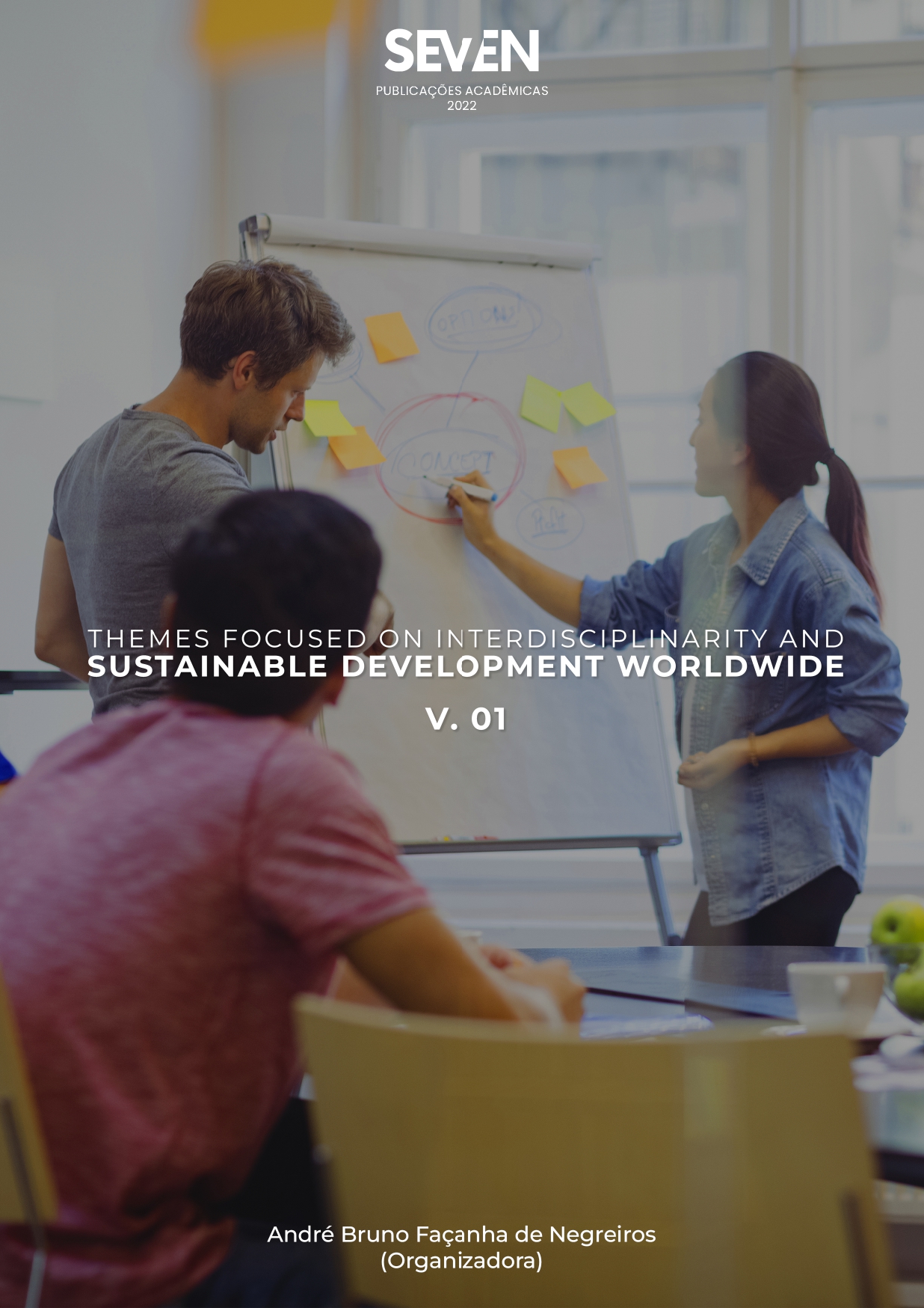Laryngeal trauma: a case with blunt thyroid cartilage fracture
Keywords:
Emergencies, Laryngotracheal injuries, Airway managementAbstract
Introduction: Laryngotracheal trauma is a rare condition to be found in hospital care and has high morbidity and mortality. Methodology: This study reports the case of a 48-year-old man, victim of a car-by-car accident, who was admitted to the emergency room hemodynamically stable, on spontaneous ventilation, with progressive dysphonia and no laryngeal stridor. Through computed tomography, a fracture of the thyroid cartilage's notch with lateral dislocation was identified. Due to this condition's benign evolution, a conservative approach was the chosen line of care. Results and discussions: At present, there is no universal algorithm for approaching laryngeal trauma, however, all cervical traumas require high suspicion of laryngeal fracture in order for early treatment to take place, improving prognosis and reducing the risk of severe complications. Conclusion: Thus, this report highlights the importance of proper management of this condition, in addition to the implementation of a multidisciplinary approach in diminishing future damage and endowing conservative treatment to laryngotracheal injuries.
Downloads
Published
Issue
Section
License
Copyright (c) 2023 Maria Sylvia Rennó Kallás , Bia Yamashita Fonseca , Paolla Dixini Coelho , Luana Oliveira de Faria , José Fábio Capozzi , Guilherme Miranda Bócoli , Bruna Maria Guimarães Dominguete , Beatriz Eduarda Pereira , Yuji Atarashi Tavares, Lunara Cristina de Souza , Isabela Corrêa Simões

This work is licensed under a Creative Commons Attribution-NonCommercial-NoDerivatives 4.0 International License.





